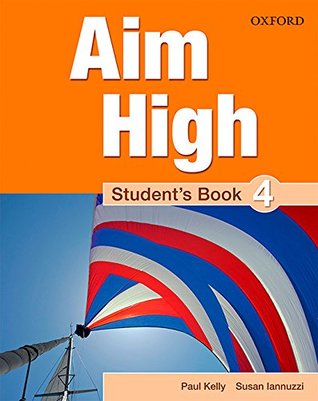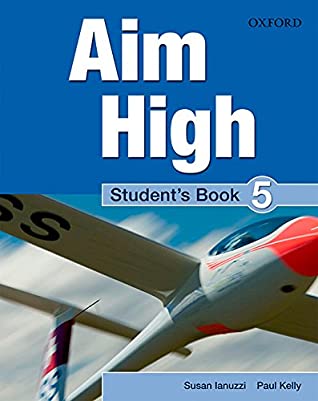Hints for the teacher
The aim of teaching poetry is to acquaint pupils and students with a selection of English poetry and to develop their skill in analyzing and appreciating poetry. We hope that, by the end of the course, pupils and students will have developed a love for poetry as an art in itself.
For the teacher: Suggested procedure:
- Read the poem through once slowly, mentioning the title and the poet's name.
- Give a brief history of the poet's life and his background.
- Try to give the background setting for the poem to put it in perspective.
- Read sections of the poem through again slowly, this costs time explaining all the vocabulary. With difficult vocabulary give alternative examples in more suitable sentences. Ask pupils and students for similar examples of their own. Asking pupils or students if there is any other word they haven't understood.
- Read through the paraphrase which sums up briefly what the poem is about. Always refer back to particular lines and quotations to explain points. Ask simple questions to make sure pupils or students have understood the work.
- The commentary should be studied carefully. The rhyme scheme should be explained and pupils could mark the rhyme scheme on their poem. The teacher could explain by writing the rhyme scheme letters aa, and words e.g. fit, wit on the blackboard all rhyming words should be underlined.
- The figures of speech used in the poem e.g. similes, metaphors, and personification should be explained with examples relevant to the pupils lives. Then the terms should be applied to the poem and an explanation written on the back on the blackboard.
- The music or beat of the poem should be dealt with simply. Pupils or students should listen to the teacher tab or count out the beats in each line they should repeat each line exactly as the teacher has said it and so rich the correct rhythm.
- Techniques such as the use of electrician to create a particular sound in a poem should be explained and underlined. Pupils or students should be asked to give their own examples of alliteration.
- Finally, to appreciate the poem, it is essential for pupils or students to learn by heart the complete poem, if it is short, or one stanza if it is a longer poem. These trains is a pupil or students in producing narrative or descriptive pieces of language.
The purpose of studying poetry:
After reading all these different types of poems it is hoped that the pupils will be able to:
- Analyze a poem simply.
- Criticize a poem constructively.
- Identify the rhyme scheme.
- Identify the figures of speech.
- Develop a love and appreciation for poetry.





0 Comments
Thanks for you comment